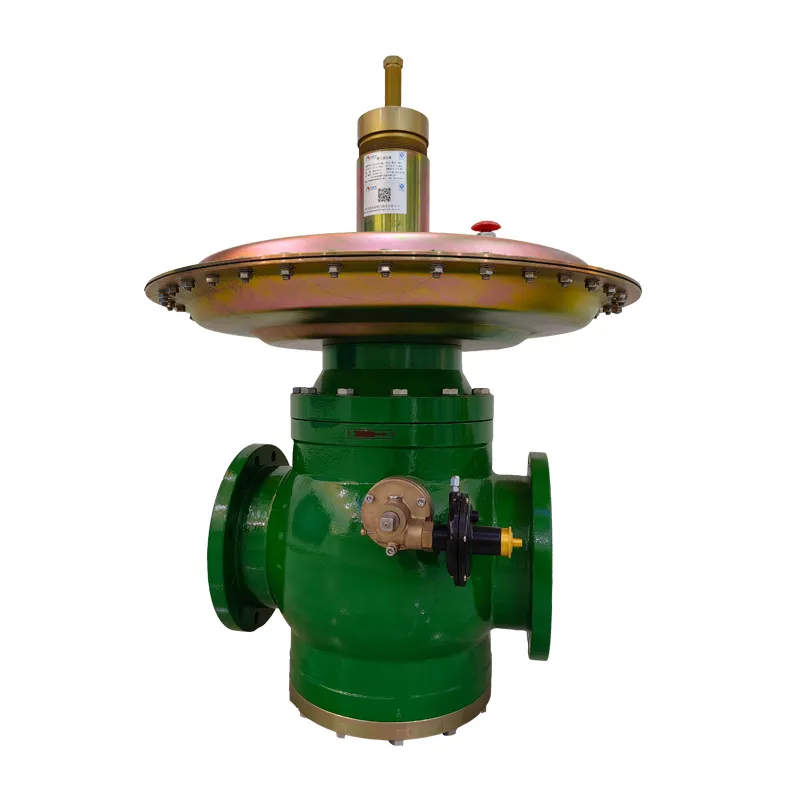
Nov . 06, 2024 17:59
Back to list
cyclone separator
Understanding Cyclone Separators Technology and Applications
A cyclone separator, often simply referred to as a cyclone, is a device used to separate particulate matter from fluid streams based on the principle of centrifugal force. Fundamental to many industrial processes, cyclone separators play a crucial role in maintaining air quality, enhancing process efficiency, and managing waste.
The design of a cyclone separator is relatively straightforward yet effective. It typically consists of a cylindrical body with a conical base. When a mixture of gas and particulates enters the cyclone, it is forced to spiral downward due to the tangential inlet. As the mixture spirals, the centrifugal force pushes the heavier particles toward the outer wall of the cyclone, where they lose speed and gravitate downward into a collection hopper. The cleaner gas, now predominantly free of particulates, exits through the top.
One of the key advantages of cyclone separators is their high efficiency in separating large particles. In many applications, cyclones can achieve separation efficiencies of 90% or more for particles that are larger than 10 micrometers. This makes them particularly useful in industries such as woodworking, metalworking, and food processing, where dust and particulate matter can pose health risks and affect product quality.
cyclone separator

Additionally, cyclone separators require minimal maintenance compared to other filtration systems. There are no filter membranes to clog or need regular replacement, which not only reduces operational costs but also minimizes downtime. Their robust design allows them to handle high flow rates and a variety of materials, including dry and wet particles.
However, cyclones are not without limitations. They are less effective for fine particles (those smaller than 5 micrometers) due to their low inertia. In such cases, additional filtration methods, such as baghouses or electrostatic precipitators, may be used in combination with cyclones to achieve desired air quality standards.
In conclusion, cyclone separators are an essential technology in various industries, offering an efficient and cost-effective solution for particulate separation. Their design simplicity, effectiveness for larger particles, and low maintenance needs make them an attractive choice for many applications. As environmental regulations tighten and industries seek to improve their processes, the role of cyclone separators is likely to become even more significant in ensuring cleaner operations and better air quality.
Latest news
-
Safety Valve Spring-Loaded Design Overpressure ProtectionNewsJul.25,2025
-
Precision Voltage Regulator AC5 Accuracy Grade PerformanceNewsJul.25,2025
-
Natural Gas Pressure Regulating Skid Industrial Pipeline ApplicationsNewsJul.25,2025
-
Natural Gas Filter Stainless Steel Mesh Element DesignNewsJul.25,2025
-
Gas Pressure Regulator Valve Direct-Acting Spring-Loaded DesignNewsJul.25,2025
-
Decompression Equipment Multi-Stage Heat Exchange System DesignNewsJul.25,2025

